This is probably why some people spend many months preparing for these tests, like Claudy Nihoul, who will take the exam today.I took preparatory classes for eight months, and I studied on my own all summer. My pet peeve is mathematics, since I had opted for the weak math option in secondary school, does he regret. But I got it into my head that I would be able to succeed in medicine, and that I would one day work as an emergency doctor. I was used to taking my high school exams in a large dining room with a few hundred students, but this time, the number will be much larger, and it’s quite stressful.”he fears.
A limited number of students
The selection is strong. This year, 1,520 candidates, including a maximum of 15% of students not resident in Belgium, will be allowed to enroll in a faculty of medical sciences. Among them, 1,346 will be able to join medical studies and 174 will have access to dentistry studies. All are subject to the same tests.
Adopted in 2023, this competition replaces the entrance exams, which were held in two annual sessions – one in July and another in September – until then. The big difference is the admission quotas. All students who obtained an average of 10/20 in the entrance exam had the possibility of joining one of the two courses. Now, only a limited number of students are accepted. The candidates with the best results are selected until the quota is reached.
Medical studies: 1,520 students will be admitted at the end of the next entrance exam
Last year, 3,851 candidates took the exam and 1,543 were admitted. Among them, 1,366 enrolled in medicine, and 177 in dentistry.
A quota to limit the number of Inami numbers
Each student who completes the six years of basic training will be assigned an Inami (National Institute for Health and Disability Insurance) number to begin their specialization. The quotas for students admitted to medical and dental studies were determined by the federal government on the basis of the number of eligible practitioners in 2030, the year from which, in theory, students will be able to begin a specialization. These quotas take into account a drop-out rate that anticipates the number of students who will not complete their course or who do not do a specialization. The previous federal government had agreed to define a quota of 1,348 doctors for the Flemish Community, and 929 for the French Community in 2030.





